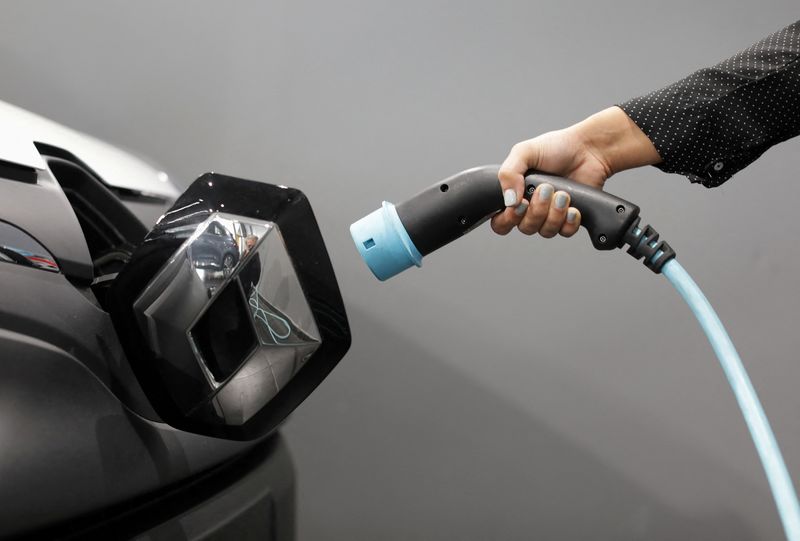
Tariffs to reshape auto supply chains – Bernstein
Investing.com – The automotive sector makes up around 11% of global trade in manufactured goods, but a rising tariff storm is likely to result in a more complex trade environment, according to analysts at Bernstein.
The automotive sector boasts one of the world’s most complex supply chains, with several tiers of suppliers and some 15,000 parts in a typical vehicle. Decades of falling tariffs supported global supply chains, with tens of thousands of components criss-crossing the world through several tiers of suppliers to create a finished vehicle.
China may be the colossus of world trade, but in autos Europe takes the crown, Bernstein noted.
While most automotive exports from EU countries are to other EU countries, adjusting this out the EU accounts for 34% of finished car exports and 29% of broader sector exports including components, trucks, motorcycles and engines.
China, the U.S., Japan and Mexico at up to around 17% of exports each.
A shift is underway from traditional internal combustion engine vehicles to electric vehicles, and with China dominating battery manufacturing–likely c. 70% of production capacity by 2030–this suggests more China in automotive trade.
The EV shift brings other changes in logistics – around 30% fewer components in a vehicle suggest fewer items to move around, but companies in the sector need to set up and manage new goods flows, and spare parts flows will continue.
Additionally, a decades-long political consensus in favor of ever-freer trade is dead, particularly with regard to EVs. The U.S. quadrupled tariffs on EVs from China to 100% in August 2024, and the EU imposed a tariff of up to 38% from July 2024.
China has signaled that it will retaliate in kind, while other countries such as Turkey and Brazil have also taken protectionist measures.
Tariff increases will likely change the structure of global automotive supply chains, Bernstein said, with more goods likely to flow through third countries rather than directly from China to the U.S./EU.
“We expect a more complex trade environment to support demand for logistics service, growing the freight forwarding profit pool,” Bernstein added.

